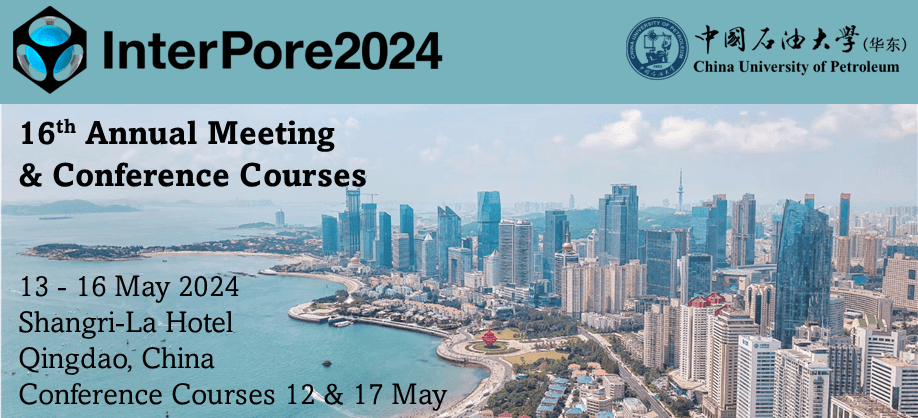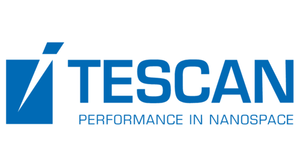Speaker
Description
Dissolution processes in porous media produce a diverse range of patterns, depending on the relations between flow, diffusion, and reaction rates. Determining the dissolution regimes is critical for controlling contaminant migration, preventing CO2 leakage during geological carbon sequestration, or assessing the long-term stability of hydraulic structures. In all of these cases, the emergence of highly efficient flow paths within rock can dramatically alter its transport properties. To distinguish between these regimes, we analyze a spatial flow focusing profile based on the focusing index developed by Jang (2011). We segment the medium into cross sections along the flow direction and calculate the flow focusing index for each of them. Consequently, we obtain a profile which is a function of distance from the inlet. Through the analysis of this profile and its temporal changes, we observe various types of evolution, such as a front of increased flow focusing progressing from the inlet in the wormholing regime or a decrease in focusing along the entire medium in the uniform regime.
We employ this measure in numerical simulations of a dissolving porous medium using a pore-network model. In this approach, we treat the porous medium as a system of interconnected pipes (Budek, 2012) with the diameter of each segment increasing in proportion to the local reactant consumption. By modifying flow and reaction rates in the simulations, we obtain a phase space diagram displaying a variety of dissolution patterns, which we characterize using our quantitative flow focusing measure. Through this analysis, we identify the elusive channeling regime (Menke, 2023). To generalize our findings, we investigate the impact of network heterogeneity on the emerging flow patterns by varying its magnitude and spatial correlation. The findings elucidate the key parameters that determine the dissolution regimes.
| References | Jang, J., et al. (2011), Hydraulic conductivity in spatially varying media—A pore-scale investigation. Geophys. J. Int., 184(3), 1167–1179. Budek, A., et al. (2012), Network models of dissolution of porous media, Phys. Rev. E, 86, 056318. Menke, H., et al. (2023), Channeling is a distinct class of dissolution in complex porous media. Sci. Rep., 13, 11312. |
|---|---|
| Country | Poland |
| Conference Proceedings | I am not interested in having my paper published in the proceedings |
| Student Awards | I would like to submit this presentation into both awards |
| Acceptance of the Terms & Conditions | Click here to agree |




.jpg)
